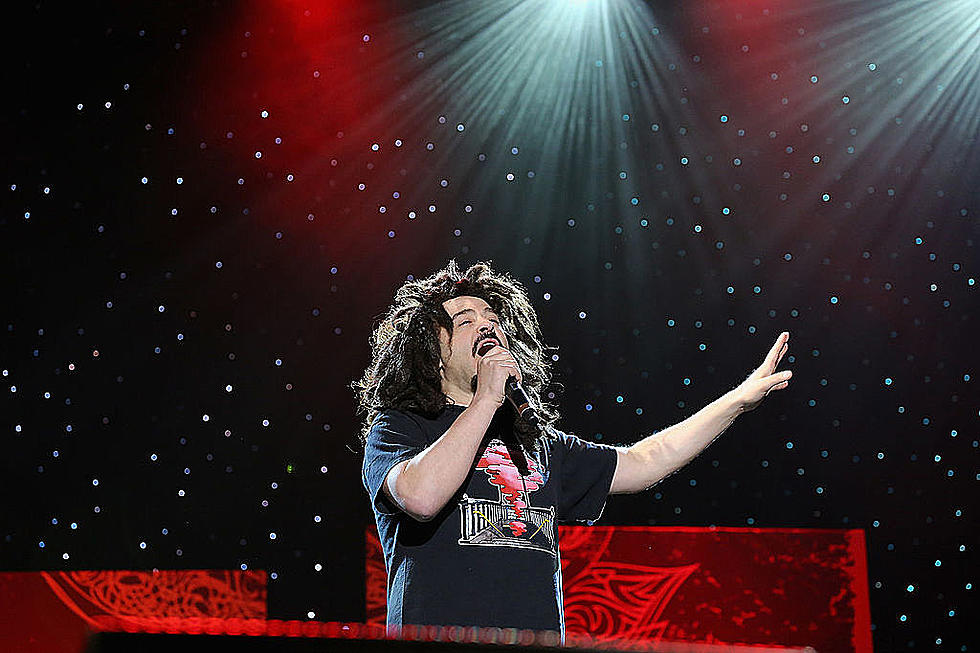
Indiana And Kentucky Residents Can Put Bird Feeders Back Out With the Exception of these Counties
Back in June, the Indiana Department of Natural Resources and Kentucky Department of Fish and Wildlife asked that residents in both states take down all bird feeders and birdbaths as they were investigated a mysterious illness that was killing birds. Now here we are almost two months later, and both agencies have now said we can put bird feeders back out with some exceptions.

For the State of Indiana
According to the latest from the Indiana DNR, Indiana residents who are not observing sick or dead birds can put bird feeders back out in their yards. Unless you are in one of the following counties:
- Allen
- Carroll
- Clark
- Floyd
- Hamilton
- Hancock
- Hendricks
- Johnson
- Lake
- Marion
- Monroe
- Morgan
- Porter
- St. Joeseph
- Tippecanoe
- Whitley
If you are in any of the above counties in Indiana, the Indiana DNR asks that you continue to NOT put out your bird feeders. However, if you're in any Indiana county not on the list above, if you would like to put your feeders back out, Indiana DNR says as long as you aren't observing sick or dead birds, you are safe to do so with regular cleanings. They say that seed and suet feeders should be cleaned at least once every two weeks by scrubbing feeders with soap and water and then soak them in a 10% bleach solution for a few minutes. Indiana DNR also recommends hummingbird feeders be cleaned in the same manner followed with a bleach soak once a week, just make sure you rinse out your hummingbird feeder thoroughly. Indiana DNR says these actions will help keep birds healthy because they will limit the spread of disease.
For the State of Kentucky
The Kentucky Department of Fish and Wildlife recommends the following counties DO NOT put out feeders just yet:
- Boone
- Bulitt
- Campbell
- Jefferson
- Kenton
- Madison
Since June 17th the Kentucky Department of Fish and Wildlife has received over 2,000 reports of sick or dying birds. Since the end of June, that number has been steadily declining. They believe about 275 of those reported are cases of the unknown illness that seems to be affecting birds all over the country. However, they say if you are not in the counties listed above and you would like to put your bird feeders and birdbaths back out, you are welcome to do so they just ask that you clean your feeders and baths weekly with soap and water, and then soak them for a few minutes in a 10% bleach solution. If you happen to notice sick or dying birds at your feeders or birdbaths Kentucky Department of Fish and Wildlife ask that you immediately take them down and clean them in a 10% bleach solution.
Kentucky Department of Fish and Wildlife also says to avoid handling birds if necessary. If you have a deceased bird in your yard they ask that you cover your hand with gloves or a plastic bag when disposing of the bird. They also say you should still keep pets away from sick or dead birds as a precaution. If you encounter sick or dead birds in Kentucky, you can use this portal to report it.
LOOK: Here Are 30 Foods That Are Poisonous to Dogs
LOOK: The most expensive weather and climate disasters in recent decades
More From WDKS-FM









